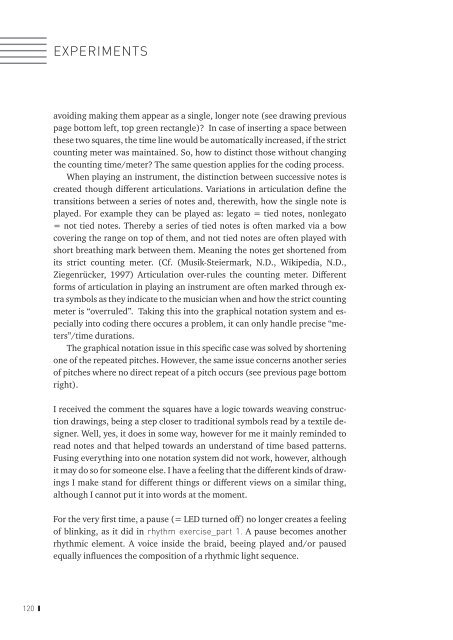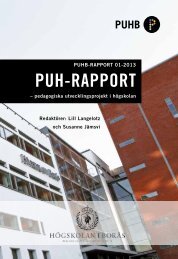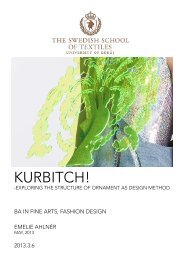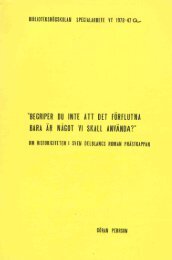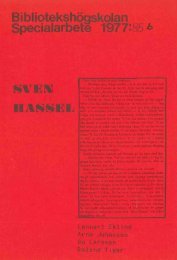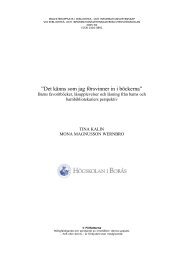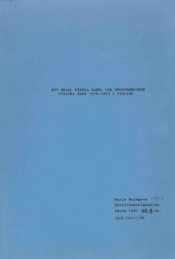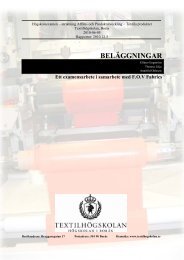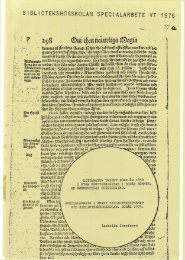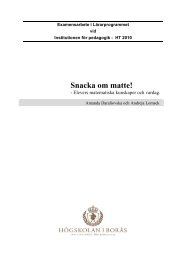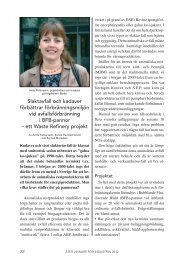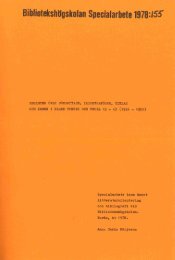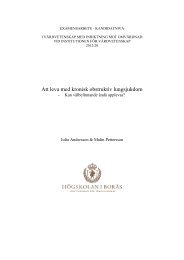barbara jansen - BADA
barbara jansen - BADA
barbara jansen - BADA
You also want an ePaper? Increase the reach of your titles
YUMPU automatically turns print PDFs into web optimized ePapers that Google loves.
experiments<br />
avoiding making them appear as a single, longer note (see drawing previous<br />
page bottom left, top green rectangle)? In case of inserting a space between<br />
these two squares, the time line would be automatically increased, if the strict<br />
counting meter was maintained. So, how to distinct those without changing<br />
the counting time/meter? The same question applies for the coding process.<br />
When playing an instrument, the distinction between successive notes is<br />
created though different articulations. Variations in articulation define the<br />
transitions between a series of notes and, therewith, how the single note is<br />
played. For example they can be played as: legato = tied notes, nonlegato<br />
= not tied notes. Thereby a series of tied notes is often marked via a bow<br />
covering the range on top of them, and not tied notes are often played with<br />
short breathing mark between them. Meaning the notes get shortened from<br />
its strict counting meter. (Cf. (Musik-Steiermark, N.D., Wikipedia, N.D.,<br />
Ziegenrücker, 1997) Articulation over-rules the counting meter. Different<br />
forms of articulation in playing an instrument are often marked through extra<br />
symbols as they indicate to the musician when and how the strict counting<br />
meter is “overruled”. Taking this into the graphical notation system and especially<br />
into coding there occures a problem, it can only handle precise “meters”/time<br />
durations.<br />
The graphical notation issue in this specific case was solved by shortening<br />
one of the repeated pitches. However, the same issue concerns another series<br />
of pitches where no direct repeat of a pitch occurs (see previous page bottom<br />
right).<br />
I received the comment the squares have a logic towards weaving construction<br />
drawings, being a step closer to traditional symbols read by a textile designer.<br />
Well, yes, it does in some way, however for me it mainly reminded to<br />
read notes and that helped towards an understand of time based patterns.<br />
Fusing everything into one notation system did not work, however, although<br />
it may do so for someone else. I have a feeling that the different kinds of drawings<br />
I make stand for different things or different views on a similar thing,<br />
although I cannot put it into words at the moment.<br />
For the very first time, a pause (= LED turned off) no longer creates a feeling<br />
of blinking, as it did in rhythm exercise_part 1. A pause becomes another<br />
rhythmic element. A voice inside the braid, beeing played and/or paused<br />
equally influences the composition of a rhythmic light sequence.<br />
120


